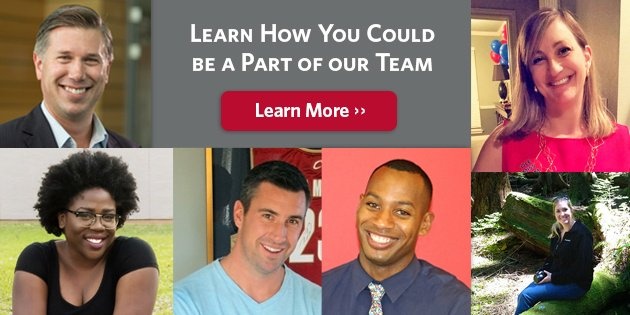While diagnostic platforms most often evoke images of instruments and reagents, there’s an important component that sometimes gets overlooked by users: software. Dave Torgerson has been building better code for decades. He brought his expertise to Luminex nearly 20 years ago and is now Director of Software Applications. Torgerson earned his bachelor’s degree in math at the University of Texas at Dallas.

Q: What are your responsibilities at Luminex?
A: Developing software for our instruments. We analyze the needs of our customer and try to develop state-of-the-art software that is highly useable and efficient for the users to do their jobs.
Q: What’s the biggest difference in developing software for clinical lab instruments compared to other industries?
A: The turnaround time for producing updates is a lot quicker in other industries. In one previous job, we had a couple of hours to get an update to the customer. In this industry, there’s a lot to think about — the impact to the assays they’re developing, the validation process, and more — and it takes quite a bit more time to release software. We still make it as efficient as possible.
Q: What did you do before joining Luminex?
A: I’ve been in a lot of industries, from oil exploration, to manufacturing missile components, and developing yield management software for American Airlines. They had their differences and challenges, but I enjoyed them all.
Q: What drew you to Luminex?
A: There were some people I worked with starting at American Airlines who came to Luminex and mentioned this opportunity to me. After looking at it for a while, I decided to move to Austin from the Dallas area. I was interested in getting into a startup company, and at the time the company was so new we were still thinking of a name for it. There were probably about 25 people here when I joined.
Q: If you weren’t at Luminex, where would you be?
A: One thing that I had wanted to do for some time is manage my own real estate properties. I am currently a part owner in three apartment complexes.
Q: If you could solve any clinical or genetic challenge, what would it be?
A: It would be to solve the problems with better integration with other clinical lab systems to have more consistency between various third-party systems. That’s a big challenge for the customer because every system they use is different, from the user interface to the way data is handled and how they interconnect. Integration would help the customers make systems more consistent and easier to communicate.
Q: What is something about you that no one at Luminex knows?
A: I started out as an electronic technician with an associate’s degree in microwave technology, working as a broadcast engineer for KEVN-TV in Rapid City, South Dakota. I also ran an oil exploration crew on the north slope of Alaska for a subsidiary of Texas Instruments. But after transferring to their Dallas office, I happened to have a computer sitting on my desk — this was before the IBM PC came out — and just started to program it on my own. I enjoyed it a lot more than electronics and went on to get a degree focused on computer science. The rest is history.
Q: What is your favorite thing to do in Austin on the weekend?
A: I like to play hockey. When I started at 45, I couldn’t skate a lick, but within two years I was refereeing, playing, and eventually coaching for my son’s team. I also like to go camping in my fifth wheel trailer. I’ve often parked the camper in Emma Long Park on Lake Austin for an entire week without taking time off work. I would drive back and forth between the camper and work each day. It’s closer than home, and I get to spend evenings sitting out by the lake.
